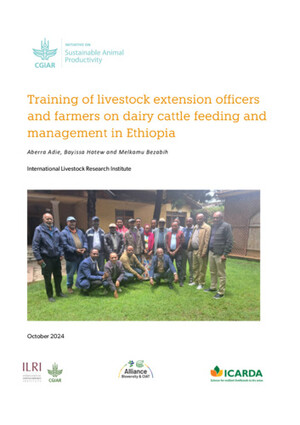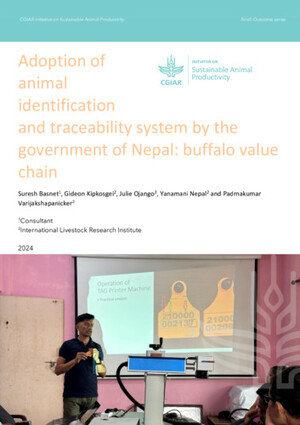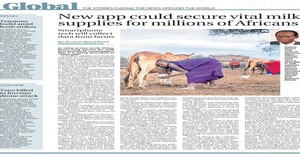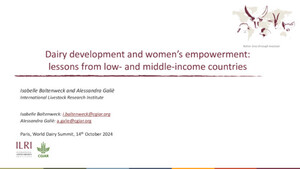
Traditional milk market in Assam: Potential for income and employment generation
Abstract
The integrated food supply chains have emerged as the fastest growing and widely visible market phenomenon. Yet in most developing countries, small scale milk market agents and chains supplying fresh milk and traditionally processing dairy products play a major role. They are the key outlets for small holder dairy producers and are the main source of fresh milk supply for consumers. These traditional small-scale markets account for over 80 per cent of the marketed milk in many countries in South Asia, sub-Saharan Africa and Latin America (Omore et al., 2004). In India too, more than 80 per cent of milk marketed still passes through these traditional milk marketing channels (Steven et al., 2008). The much hyped co-operative dairy development in India has also not been able to significantly affect the dominance of these traditional milk marketing channels. But, the functioning of the traditional milk market and its potential in income and employment generation has not been conceived properly in India. The understanding of the traditional milk marketing and processing chains are helpful in evolving policies and developmental strategies for creating an efficient milk marketing system. A study was planned in one of the backward states of India, namely Assam. In this state, 97 per cent of milk marketing is controlled by traditional milk market agents. (Kumar et al., 2007; Sirohi et al., 2009). The organised marketing and processing of milk in Assam remains insignificant. Formal milk pasteurisation and dairy product processing channels, both under co-operative and private sectors, account for hardly 3 per cent of the total locally marketed milk. The smallholder producers in the state have poor market access. The lack of alternative market options forces them to sell in the traditional market. In this backdrop, this study was undertaken with the objectives of (i) examining the costs and returns in traditional milk marketing and processing, (ii) estimating the milk producer's share in consumer rupee and marketing margins of different actors in the marketing chain, (iii) assessing the potential of traditional milk market in employment generation, and (iv) identifying the factors for scaling up the volume of business of the informal milk market agents in the state. The paper is organised as follows. Section II presents the data and methodology used in the study. The economics of traditional milk marketing and processing are discussed in Section III. Section IV deliberates on the potential of employment generation in the traditional milk market, while important determinants of the volume of milk handled by the traditional milk market agents have been discussed in Section V. The last section draws the conclusion and policy implications of the study.
Citation
Kumar, A., Staal, S.J., Baltenweck, I. and Lapar, L.L. 2010. Traditional milk market in Assam: Potential for income and employment generation. Indian Journal of Agricultural Economics 65(4):747-759.










